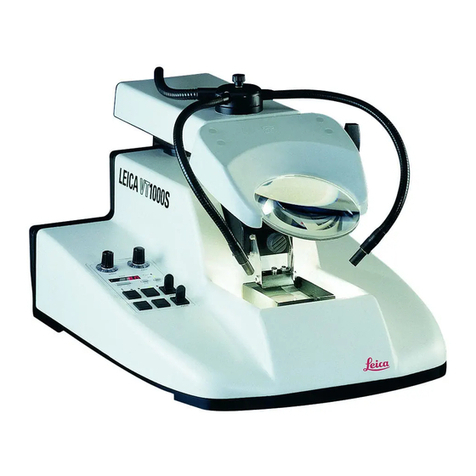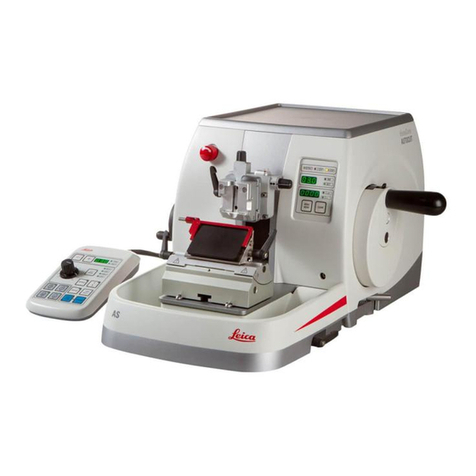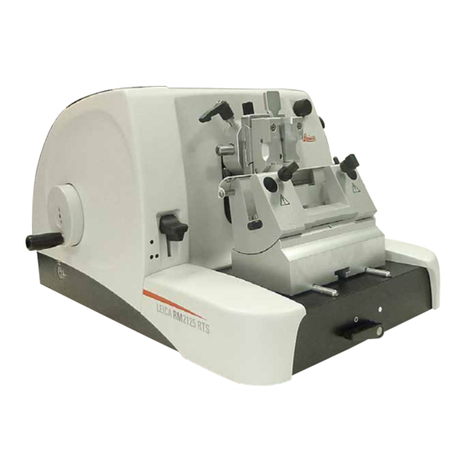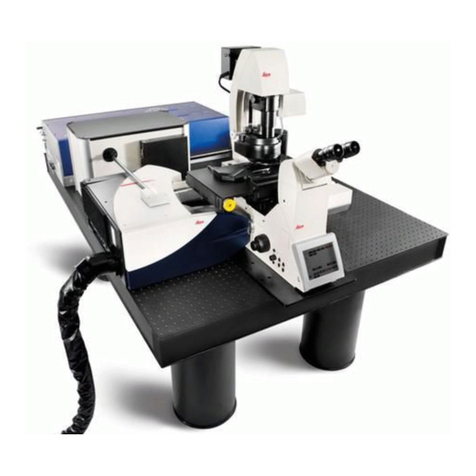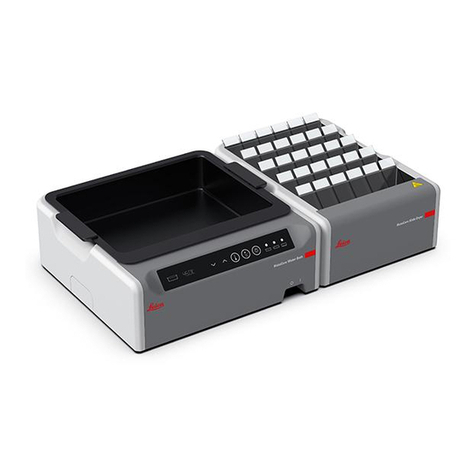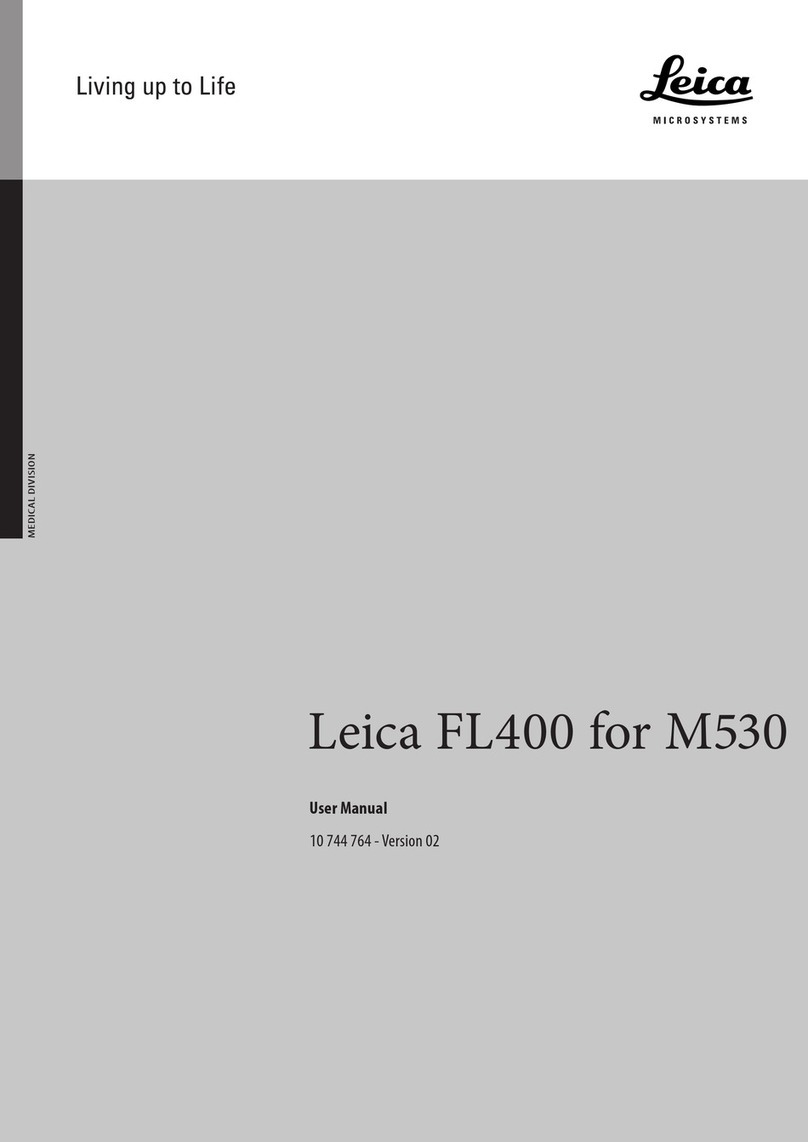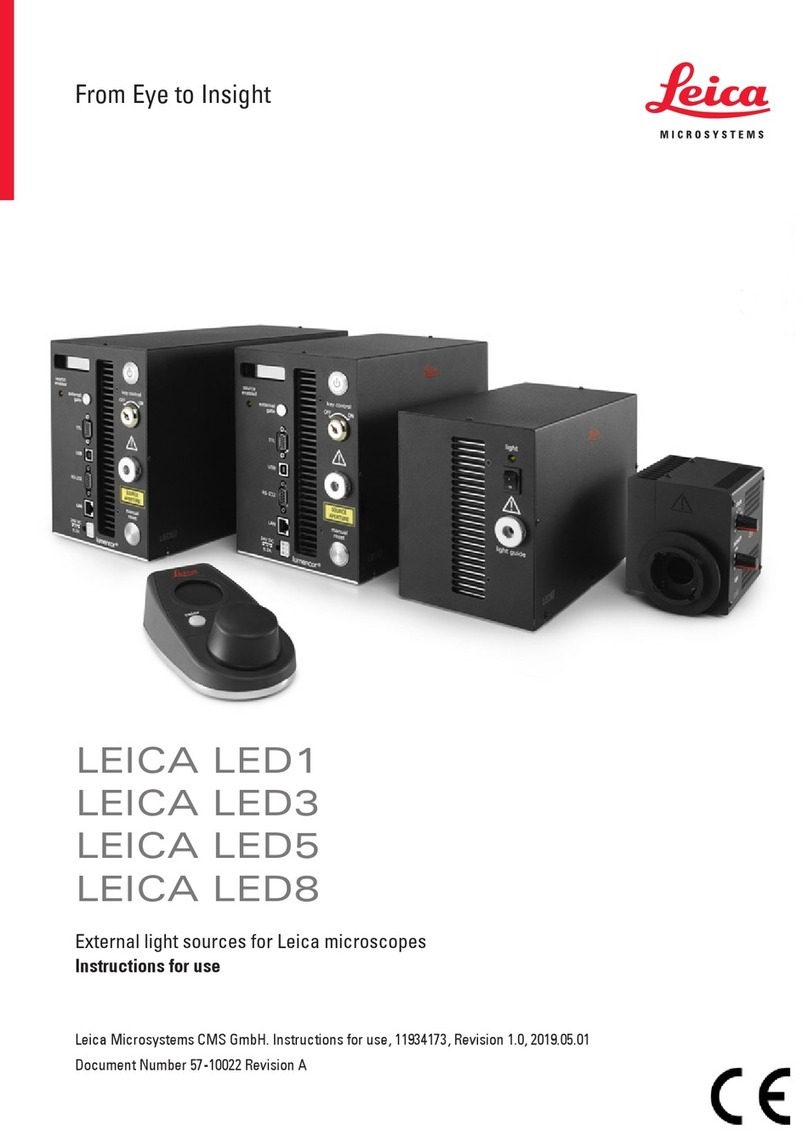1. Important Information ................................................................................................................................ 5
1.1 Naming conventions ....................................................................................................................................... 5
1.2 Symbols in the text and their meanings....................................................................................................... 5
1.3 Instrument type................................................................................................................................................ 8
1.4 Intended use of instrument............................................................................................................................ 8
1.5 Qualification of personnel.............................................................................................................................. 8
2. Safety ........................................................................................................................................................... 9
2.1 Safety notes...................................................................................................................................................... 9
2.2 Warnings......................................................................................................................................................... 10
3. Instrument Components and Specifications........................................................................................ 12
3.1 Overview – instrument components........................................................................................................... 12
3.2 Main features of the instrument.................................................................................................................. 12
3.3 Technical Data............................................................................................................................................... 12
4. Setting up the instrument ........................................................................................................................ 14
4.1 Site requirement ............................................................................................................................................ 14
4.2 Standard delivery – packing list.................................................................................................................. 14
4.3 Unpacking and installation........................................................................................................................... 15
4.4 Moving the instrument.................................................................................................................................. 17
4.5 Power supply.................................................................................................................................................. 18
5. Operation.................................................................................................................................................... 19
5.1 Switching the instrument on ....................................................................................................................... 19
5.2 Replacing the secondary fuse..................................................................................................................... 19
6. Maintenance and Cleaning..................................................................................................................... 21
6.1 Cleaning the instrument................................................................................................................................ 21
6.2 Maintenance instructions............................................................................................................................ 21
7. Troubleshooting ........................................................................................................................................ 22
8. Warranty and Service .............................................................................................................................. 23
9. Decontamination Confirmation.............................................................................................................. 24




